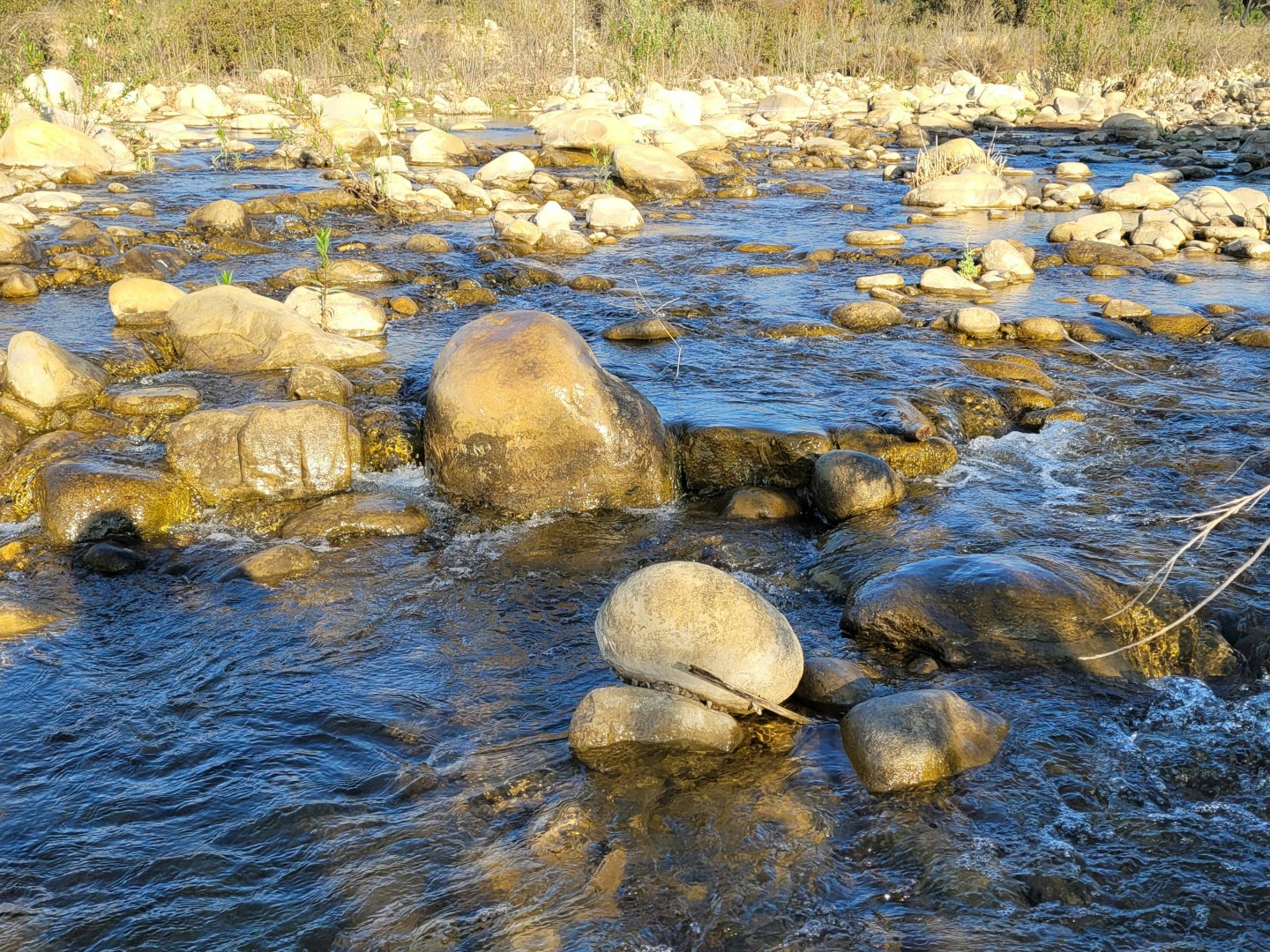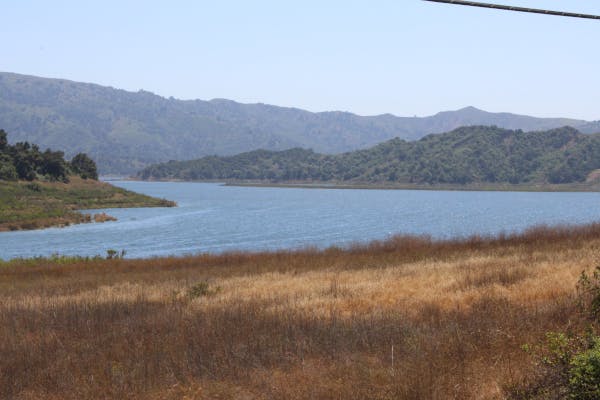
Water Conservation
Water Conservation
Stage 1 Drought Condition: Voluntary Demand Reduction
VRWD Board of Directors approved Resolution 2023-352 lowering the Drought Condition from Stage 3 to Stage 1 effective April 19, 2023. While Stage 1 includes a 20% voluntary reduction in water use, certain water use restrictions remain in effect such as:
- Irrigation run-off from the property or onto hard surfaces is prohibited.
- Vehicles must be washed using a hose with a shutoff nozzle.
- Decorative water features must use recirculated water.
- Outdoor irrigation is prohibited during and within 48 hours following measurable rainfall.
- All residential landscape irrigation is restricted to watering hours before 10:00AM and after 6:00PM.
State regulation banning use of potable water for irrigation of non-functional turf for commercial, industrial, and institutional sectors remains in effect.
Current Rainfall & Lake Casitas Information
Interested to know how much rainfall we received from our most recent storm or the percentage of Lake Casitas's current capacity ?
Click here to view Ventura County rainfall.
Click here to view Ventura County reservoir information.
U.S. Drought Monitor Map of California
View drought intensity levels for the state by clicking here.
How VRWD Customers Can Help
Sign up for EyeOnWater
If you have a Smart Meter on your property click here for instructions on how to sign up to view your usage and set up automatic leak alert notifications.
Adjust Your Irrigation Controller
As the weather changes, make sure your irrigation controller is set correctly. Irrigation is allowed 2x per week any time from 6pm to 10am.
Fix Leaks Immediately
Leaks that occur inside and outside the home can waste hundreds of gallons of water a day depending on the size and duration.
Create Water-Wise Landscape
Swap out your thirsty grass for local drought tolerant landscape that uses little to no water once established. https://venturacountygardening.com/

Utilize Rebates
We partner with Casitas Municipal Water District for efficient appliance and fixture rebates such as low flow toilets, high-efficiency washers, and smart irrigation controllers. Call 805-649-2251 to speak to a Water Conservation Specialist or visit their website for available rebates. https://www.casitaswater.org/available-rebates
Water Surveys
VRWD partners with Casitas Municipal Water District (CMWD) and is now offering, on-site surveys for indoor and landscape water use of single-family and multi-family residential water customers in the Ojai Valley. The indoor survey includes a test of showerhead and faucet flow rates, an estimate of toilet flush volumes, a review of all water-using appliances and a test for leaks. The landscape survey includes a review of the irrigation system, irrigation design and watering schedules. The survey also includes reading the meter to reveal possible system leaks in the customers system. Casitas’ Water survey program is a free service offered to customers to help them save water inside and outside, and lower their water bill.
To schedule an appointment for your free survey, please email: jmortensen@casitaswater.com. For additional information, please visit: https://www.casitaswater.org/free-surveys-and-water-saving-devices
